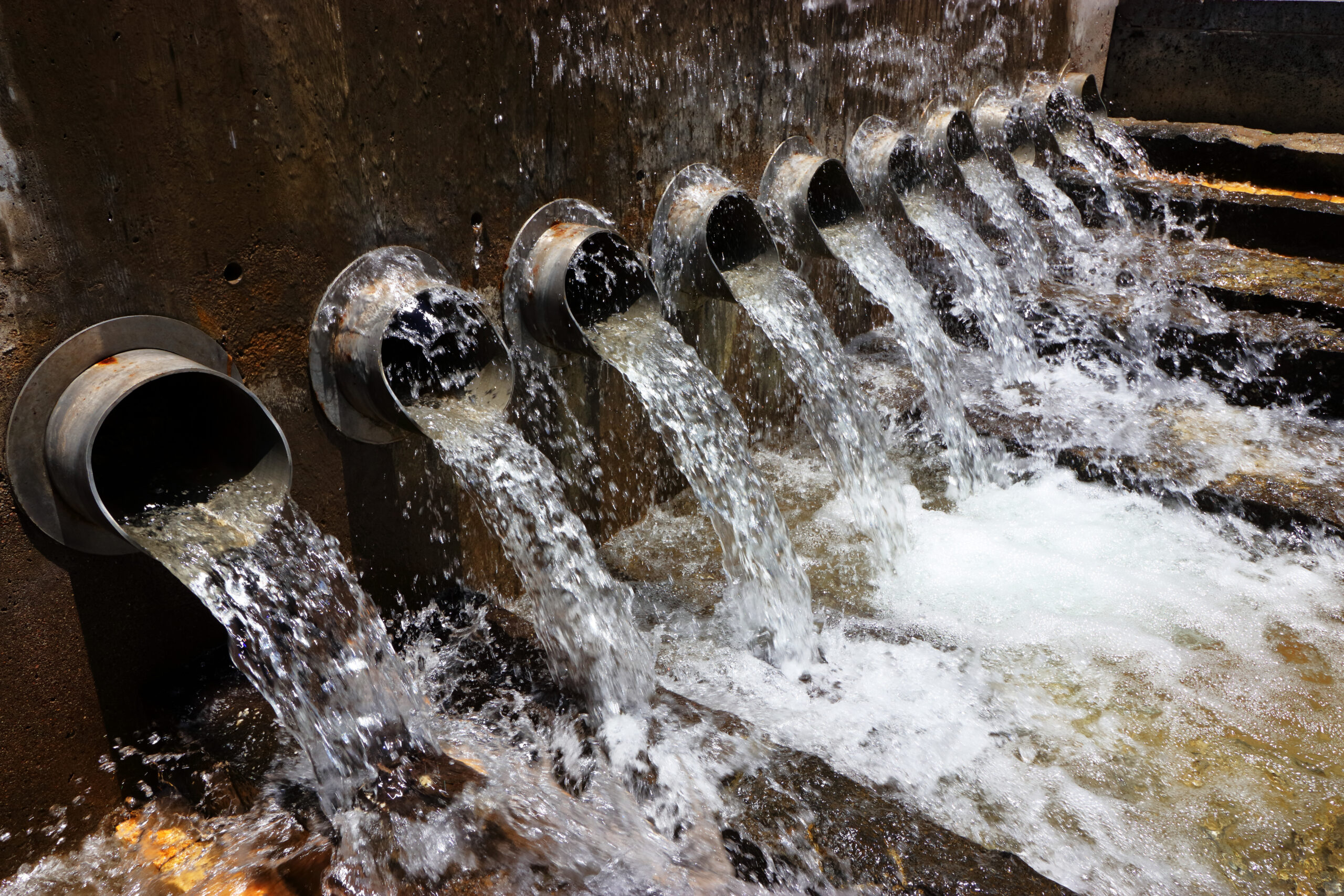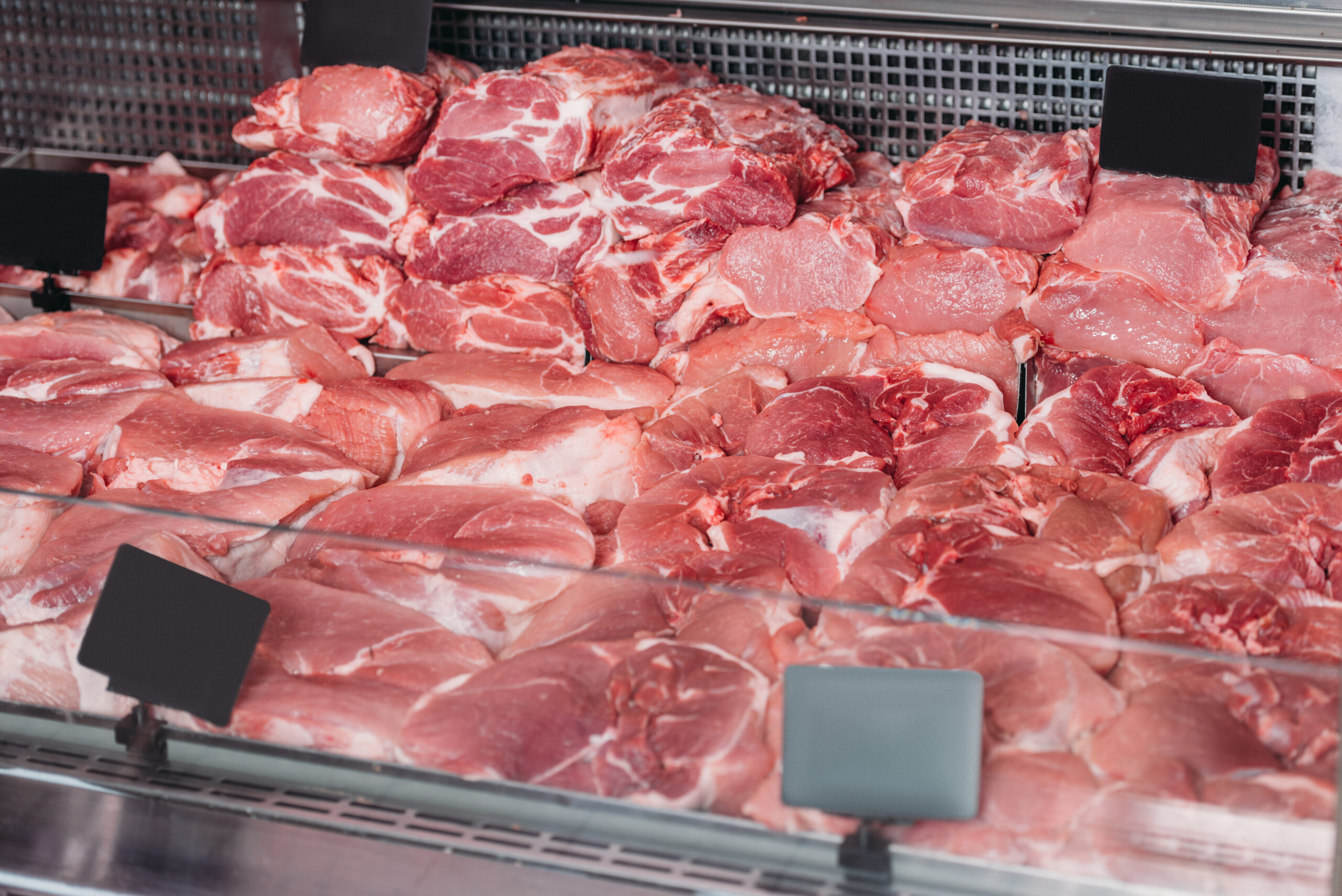Restaurant goers might have noticed the growing presence of Wagyu or Kobe beef on many menus in recent years. So, how did such costly and rare meats become so widespread and affordable in the US? The simple answer is, it’s not authentic Wagyu and Kobe, but there’s more nuance to it. To explore this, let’s first define Wagyu vs Kobe beef.
Wagyu vs Kobe Beef
Wagyu beef originates from Japan and is distinguished by its heavily marbled beef. Authentic Wagyu cattle come from one of four distinct breeds: Japanese Black (the most prevalent, about 90 percent), Japanese Brown, Japanese Polled and Japanese Shorthorn. As the cattle mature, they have a unique trait of accumulating intramuscular fat.
While the typical raw steak showcases a mix of red and white hues, Wagyu features a consistent pink color, showcasing a seamless fusion of meat and fat. What’s more, it’s enriched with a higher concentration of beneficial unsaturated fatty acids, notably oleic acid, which enhances its flavor. These monounsaturated fats have a melting point that’s below the human body temperature, making the beef melt effortlessly when consumed.
Related: 10 of the Worst Food Safety Scandals in Recent History
Wagyu encompasses several distinct Japanese cattle breeds, with Kobe beef being one specific variety. For beef to be labeled as Kobe, it must originate from the Kobe region in Japan, situated within the Hyōgo prefecture. Additionally, Kobe beef is reared under particular standards that set it apart from other Wagyu types.
The Hyōgo government only maintains a select group of 12 optimal bulls in a dedicated facility. Their semen is used to breed all cows, ensuring that every bite of Kobe beef consumed globally can trace its lineage back to one of these twelve marbled marvels. Yet, global consumption is limited. After processing and grading, only about half of the cattle meet the Kobe standard, totaling 3,000 to 4,000 cattle annually — a number smaller than the yield from a single midsize US cattle ranch.
With a substantially smaller yield, only a handful of restaurants in the US serve authentic Kobe beef, and it is never sold in retail. Unless diners are eating at one of these fine dining establishments, the likelihood is that if a menu advertises Wagyu or Kobe beef, it’s American Wagyu.
Understanding American Wagyu
When genuine Wagyu is bred with other non-Wagyu cattle breeds, the outcome is American Wagyu. Wagyu cattle were first brought to the US in 1975, when Morris Whitney imported two Japanese Black and two Japanese Brown bulls. By 1989, as Japan started reducing tariffs on imported beef, this motivated American producers to cultivate a premium product for the Japanese market.
Throughout the 1990s, the US witnessed multiple Wagyu imports, primarily Black but with a few Brown specimens as well. Nowadays, the Wagyu genetics found globally outside of Japan can be linked back to these imports. In 1997, the Japanese Government imposed a ban on any further exports of Wagyu genetics — be it semen, embryos or live cattle — and subsequently designated Wagyu as a national living treasure.
According to a recent report, the Wagyu market is expected to reach over $3.5 billion by 2026, accelerating at a compound annual growth rate (CAGR) of 7.4 percent. So, while several American restaurants offer items like Wagyu steak sandwiches and Kobe burgers, almost all of them are not made with authentic Wagyu or Kobe beef; restaurants have just started using these terms to mean expensive beef.












Join or login to leave a comment
JOIN LOGIN